Experience Bangkok's most iconic Buddhist temple, where ancient Khmer architecture meets the flowing Chao Phraya River. Climb the sacred central prang, witness golden sunrises, and discover centuries of Thai spiritual heritage in the heart of the capital.
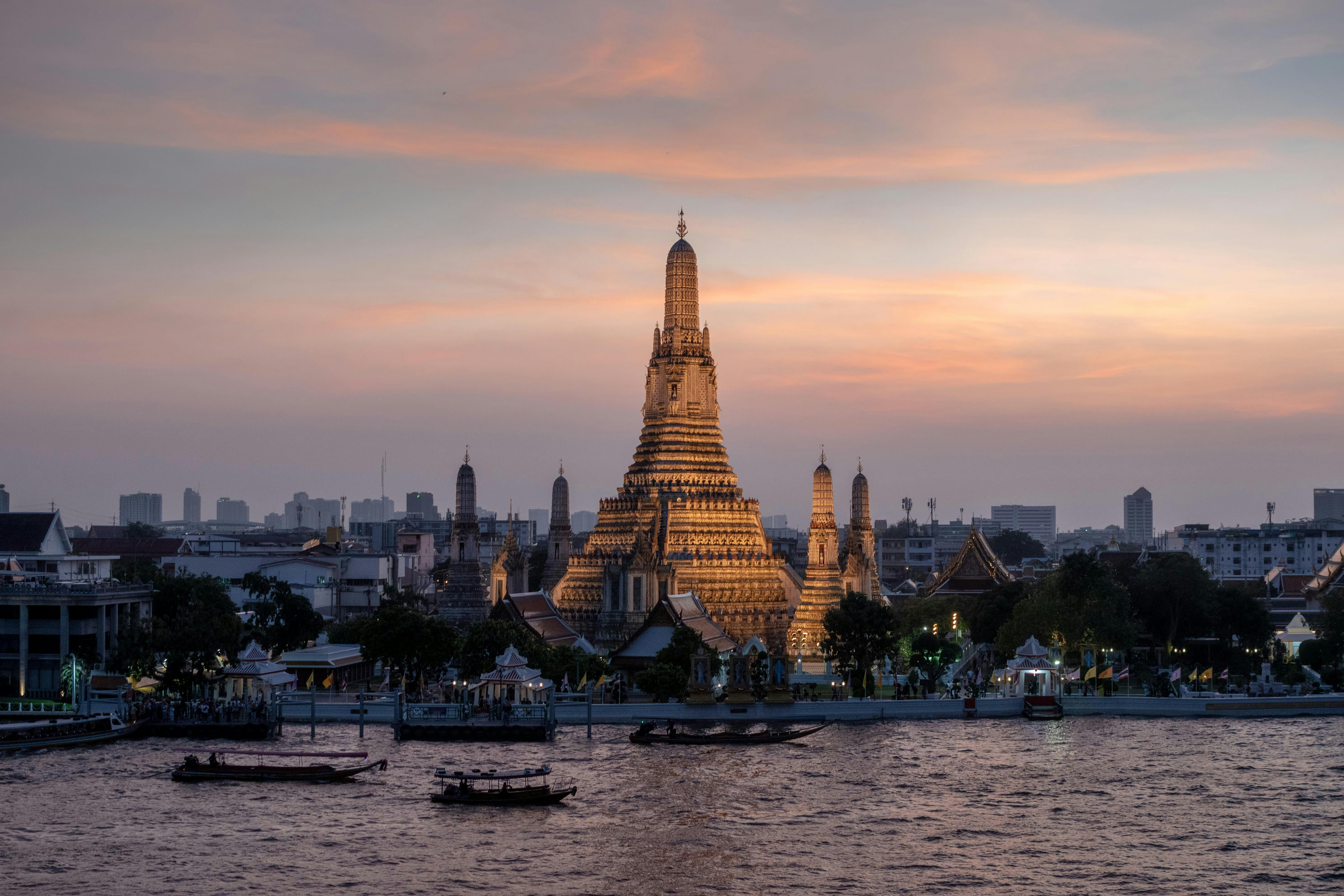
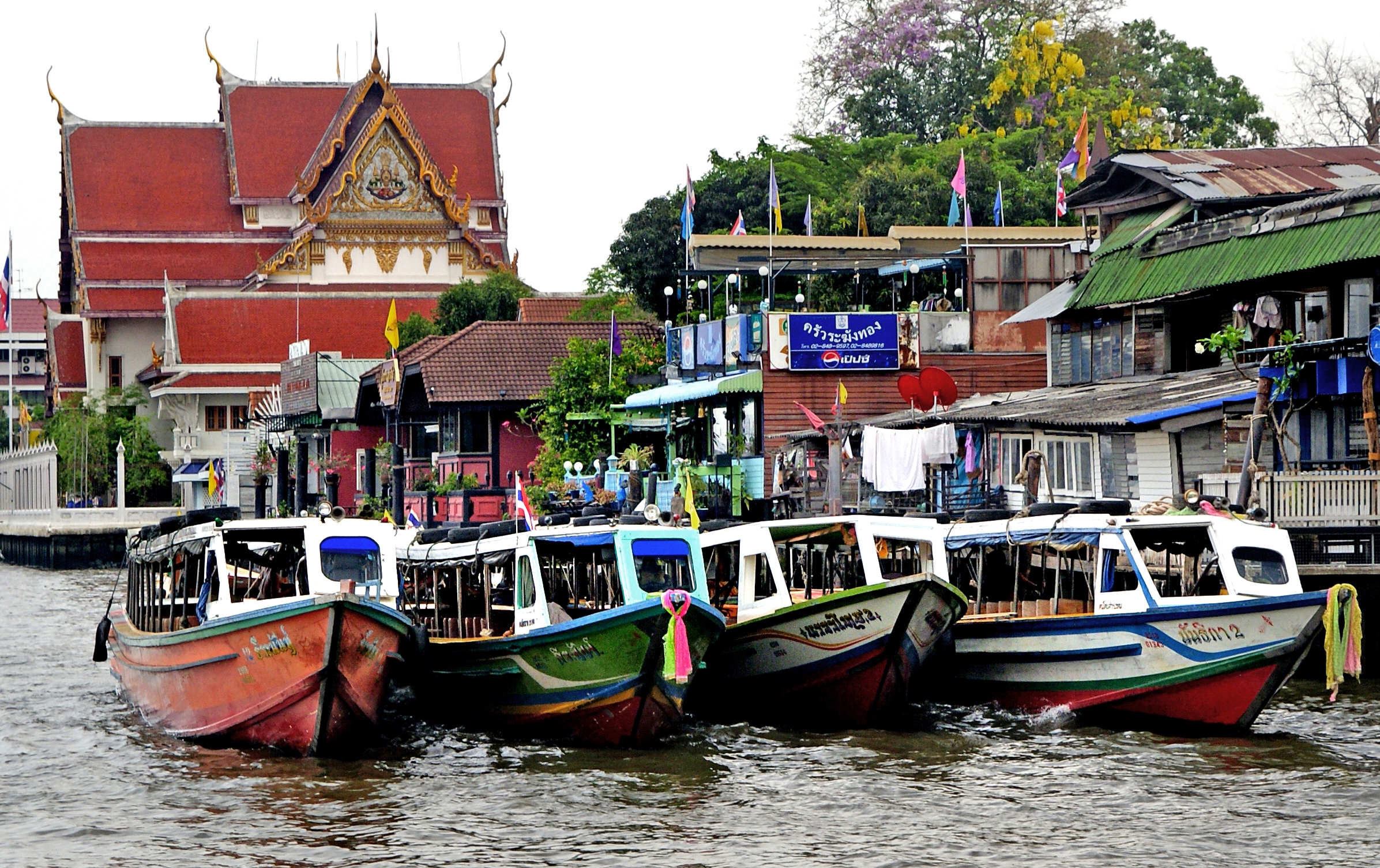
Glide along Bangkok's "River of Kings" on a scenic boat tour. Experience breathtaking views of Wat Arun from the water, explore the temple grounds, and discover other riverside landmarks along this historic waterway.
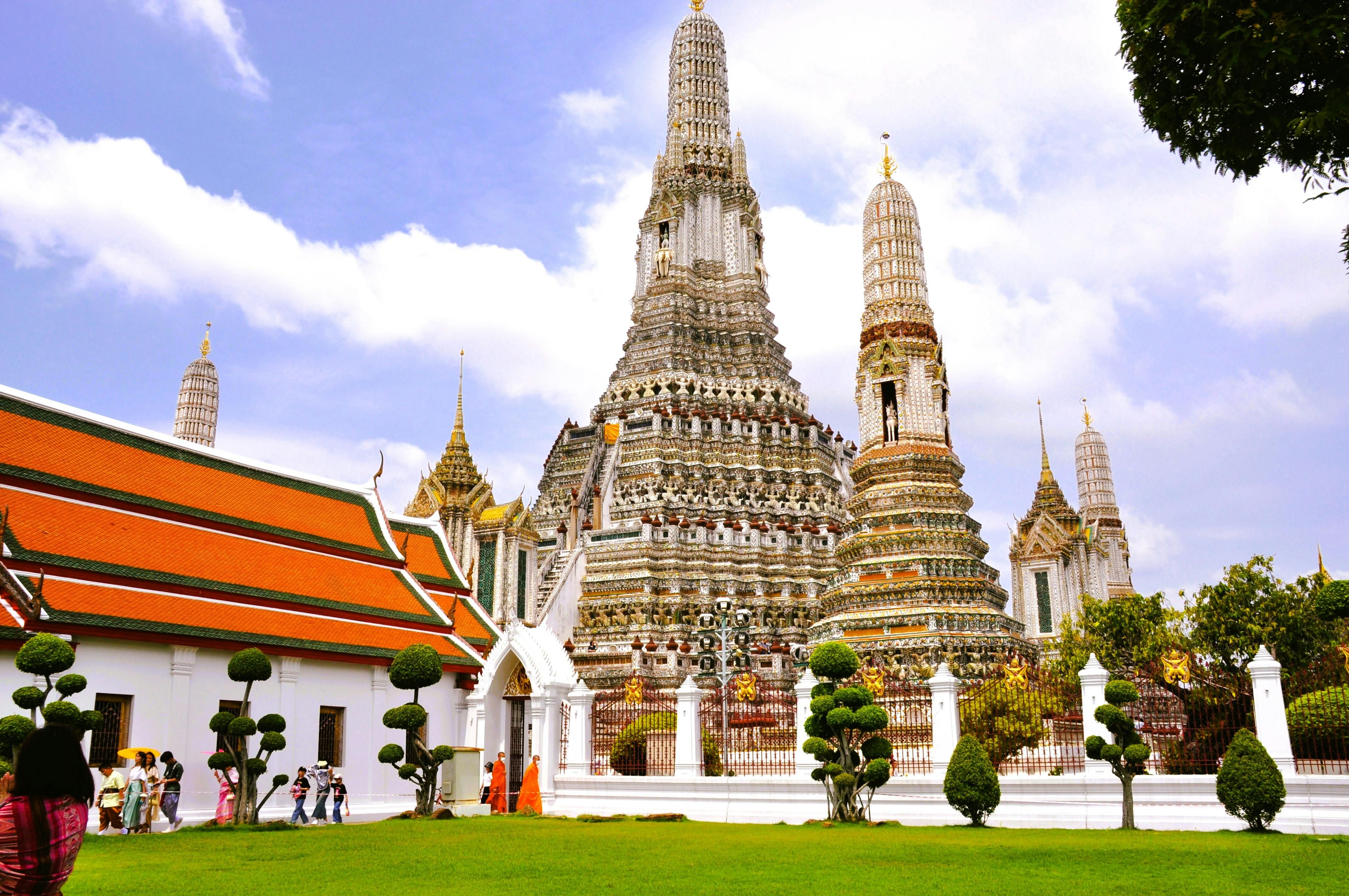
Discover Bangkok's most sacred temples including Wat Arun, Wat Pho, and the Grand Palace. Enjoy air-conditioned transport, expert local guides, and skip-the-line access to major Buddhist sites.
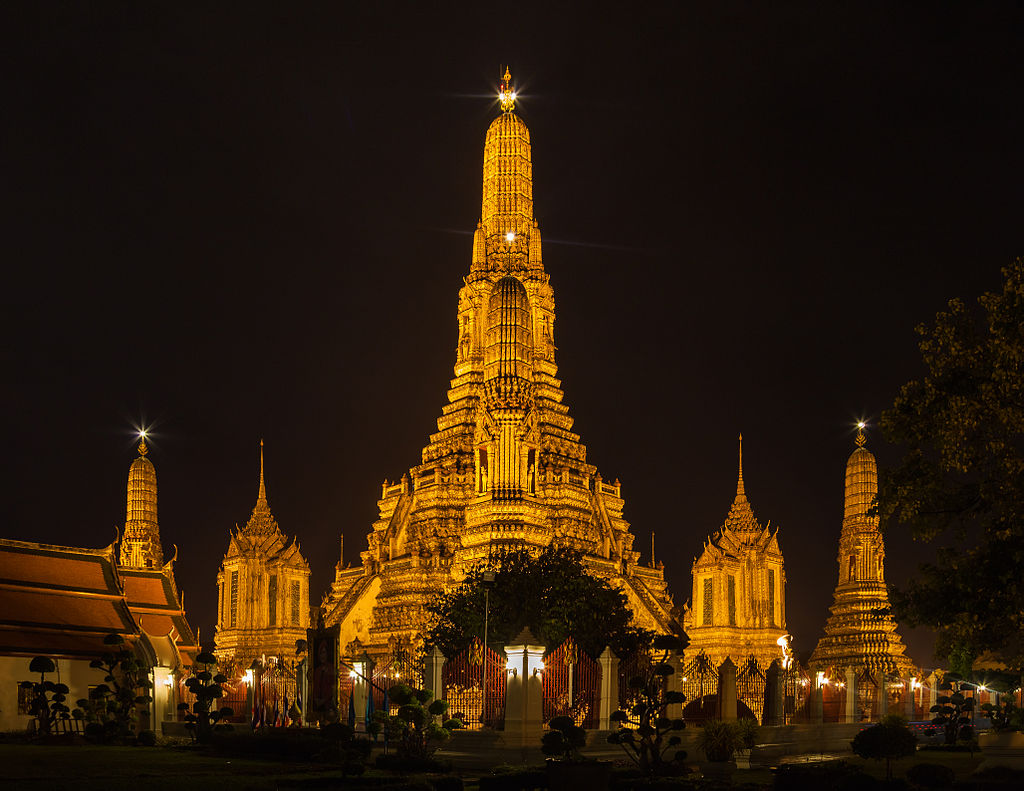
Experience the magical transformation as Bangkok's temples light up after dark. See Wat Arun's stunning nighttime illumination, enjoy dinner cruise options, and capture the temple's golden glow reflecting on the Chao Phraya River.
Named after Aruna, the Hindu god of dawn, this magnificent Buddhist temple has graced Bangkok's skyline for centuries. Its towering central prang rises 82 meters above the Chao Phraya River, symbolizing Mount Meru from Buddhist cosmology and serving as one of Thailand's most recognizable landmarks.
Today, Wat Arun stands as Bangkok's "Temple of Dawn," where ancient Khmer architecture meets living Buddhist tradition. The temple's intricate porcelain-decorated spires, riverside gardens, and peaceful courtyards offer visitors a serene escape and spiritual journey in the heart of Thailand's bustling capital.
Discover History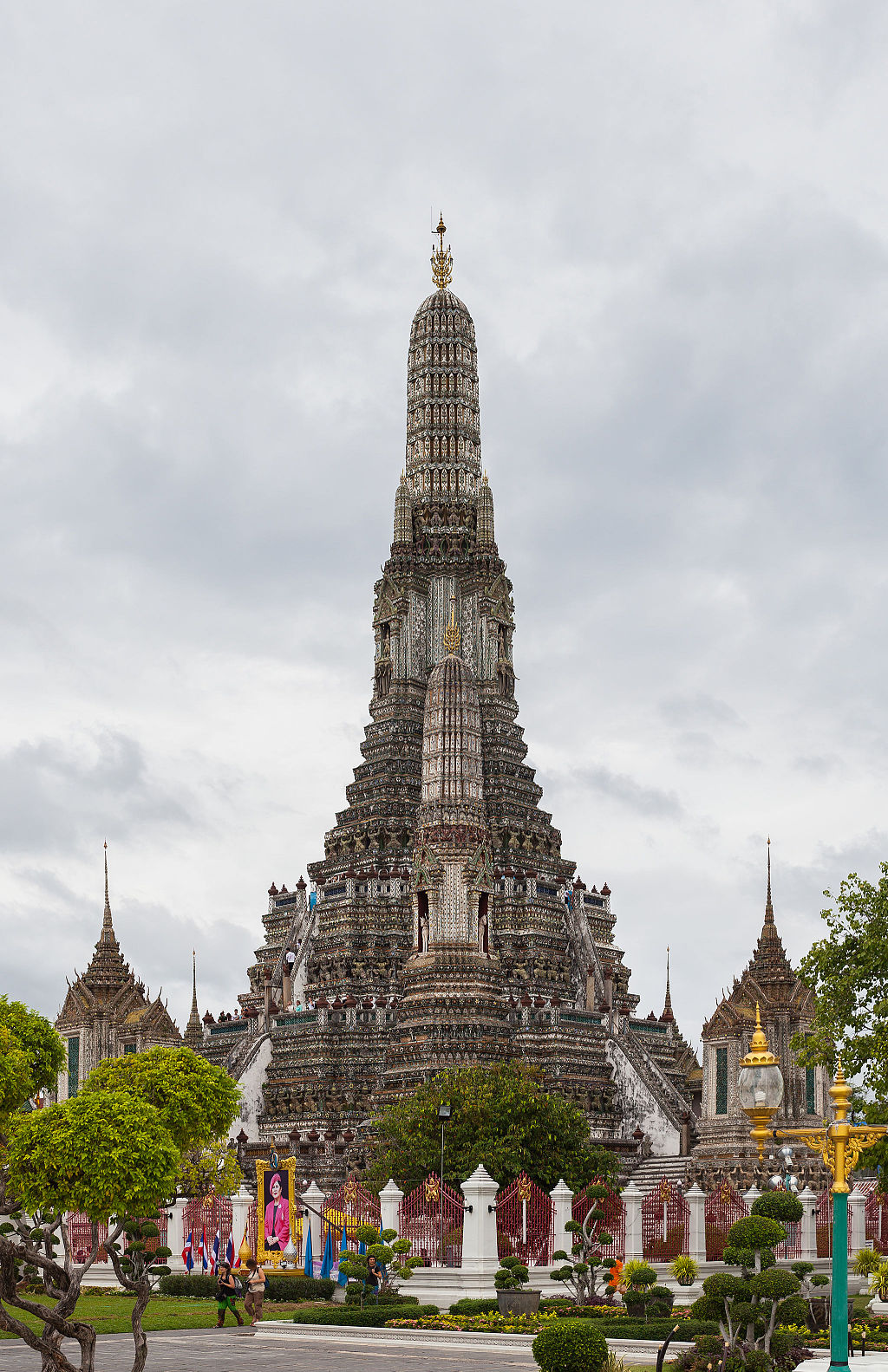
Climb Thailand's most famous Buddhist temple, where ancient Khmer design meets spectacular river views. The towering central prang represents Mount Meru, the center of the universe in Buddhist cosmology.
Explore intricate porcelain-decorated spires, witness active Buddhist ceremonies, and discover centuries of Thai heritage through temple architecture, traditional art, and peaceful meditation spaces.
Experience stunning panoramic views of Bangkok's skyline and the "River of Kings" from the temple's elevated platforms. The riverside location offers magical sunrise and sunset photography opportunities.
Well-maintained pathways, informative displays, and family-friendly facilities make exploring Thai Buddhist culture enjoyable for all ages. Early morning visits offer cooler temperatures and fewer crowds.
17th Century – Ancient Origins: A Buddhist temple existed at this site during the Ayutthaya Kingdom, originally known as Wat Bang Makok after the village where it was built. The temple appeared on French maps during King Narai's reign (1656–1688).
1767–1782 – Taksin Era: King Taksin renamed the temple Wat Chaeng when he established his new capital of Thonburi nearby. The temple briefly housed the sacred Emerald Buddha before it was moved to the Grand Palace.
1809–1851 – Royal Construction: Kings Rama II and Rama III commissioned the iconic central prang (spire) we see today. The 82-meter tower took nine years to complete, finished in 1851 with intricate porcelain decorations.
1858 – Western Documentation: French explorer Henri Mouhot recorded detailed observations of "Wat-Chang," describing it as Bangkok's most beautiful temple and the first landmark visible to travelers arriving from the sea.
Present Day – Living Heritage: Carefully preserved as one of Thailand's most visited temples, Wat Arun continues to serve as an active place of worship while welcoming over one million international visitors annually.
Explore temple highlights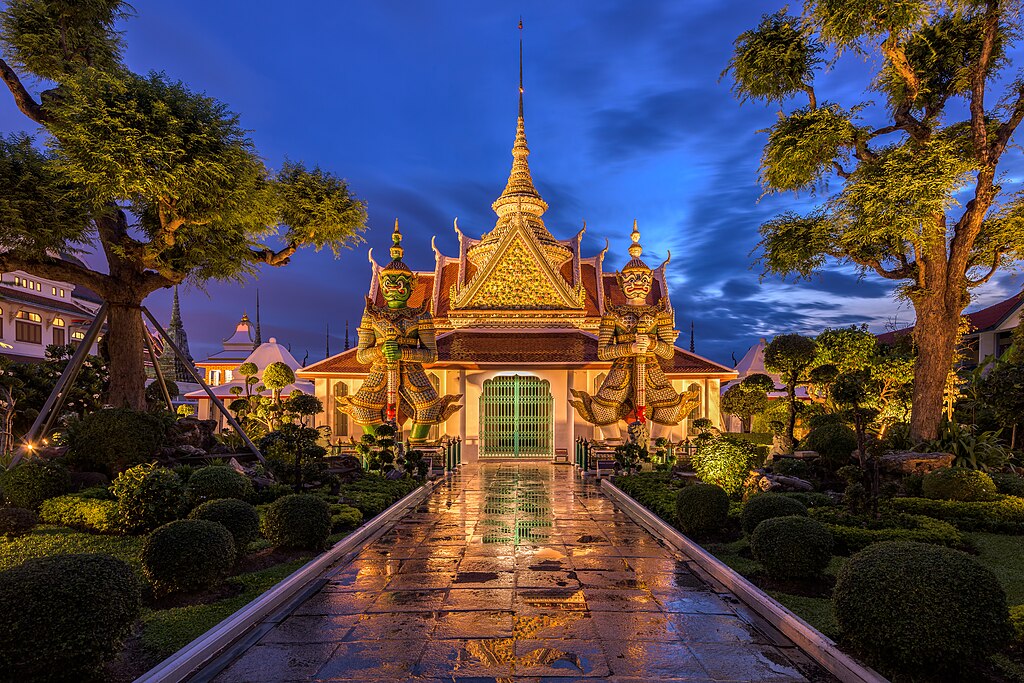
Enter through the traditional Thai gate adorned with intricate guardian statues and golden details. The peaceful courtyard features manicured gardens, ancient bodhi trees, and smaller prangs that frame views of the magnificent central spire rising toward the sky.
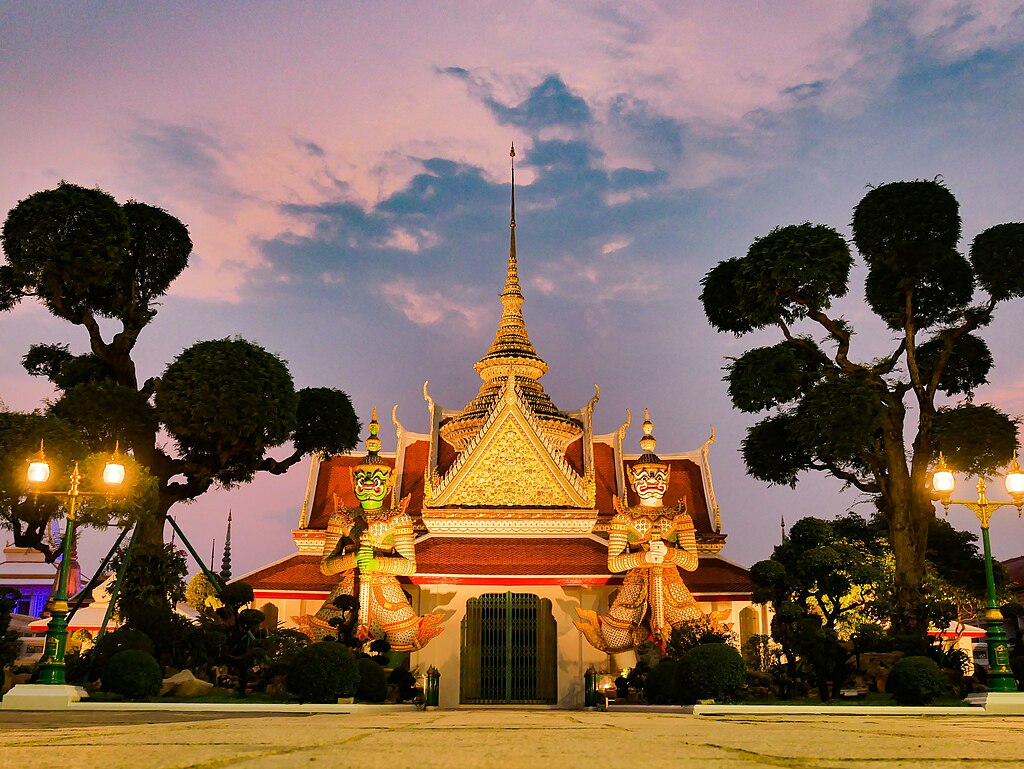
Discover the sacred ordination hall housing a revered Buddha image in royal robes, believed to have been designed by King Rama II himself. The hall's walls display beautiful murals depicting Buddhist teachings and Thai royal history, creating a serene space for contemplation.
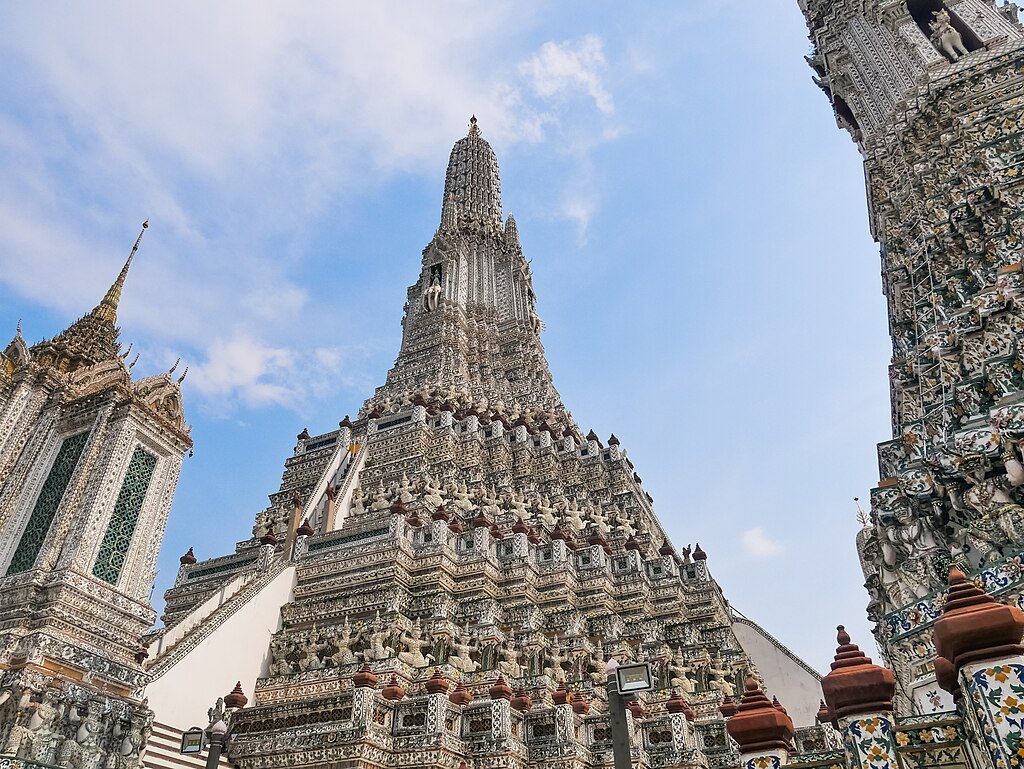
Ascend the steep, ancient stairs of the 82-meter central spire, decorated with thousands of colorful porcelain pieces and seashells. From the upper platforms, enjoy breathtaking 360-degree views of Bangkok's skyline, the winding Chao Phraya River, and the distant temple spires dotting the horizon.
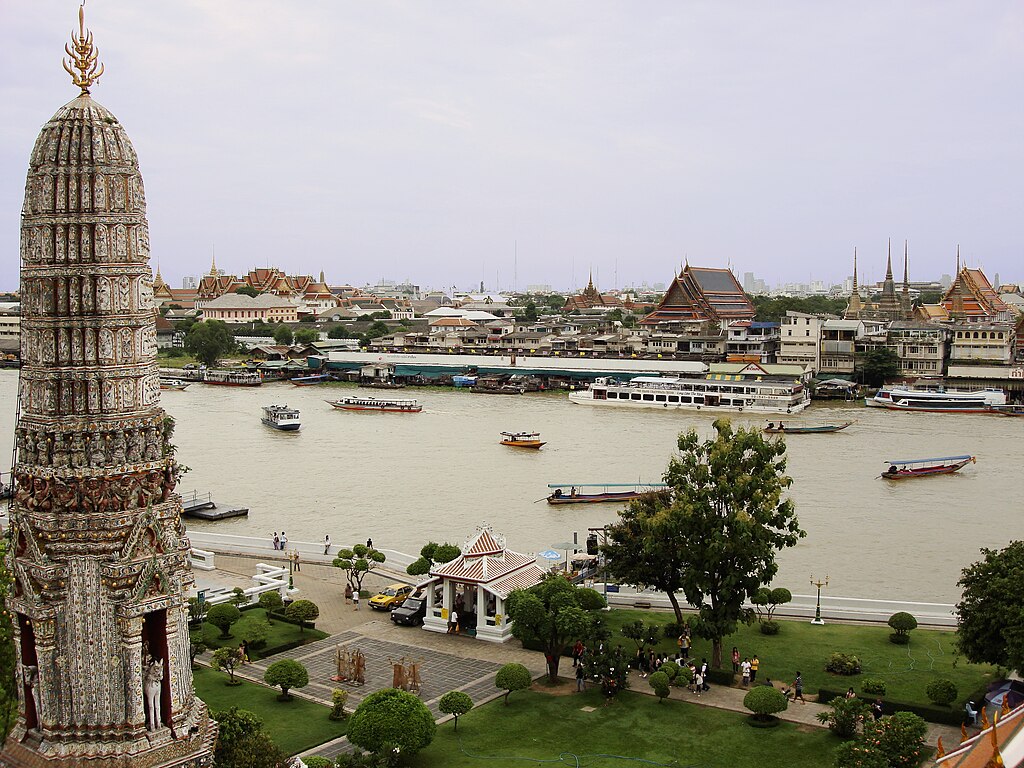
Relax on the temple's riverside terrace where traditional longtail boats glide past carrying monks and tourists. The peaceful waterfront offers stunning views of the Grand Palace across the river, while golden sunrises and sunsets create magical reflections on the temple's porcelain-encrusted spires.
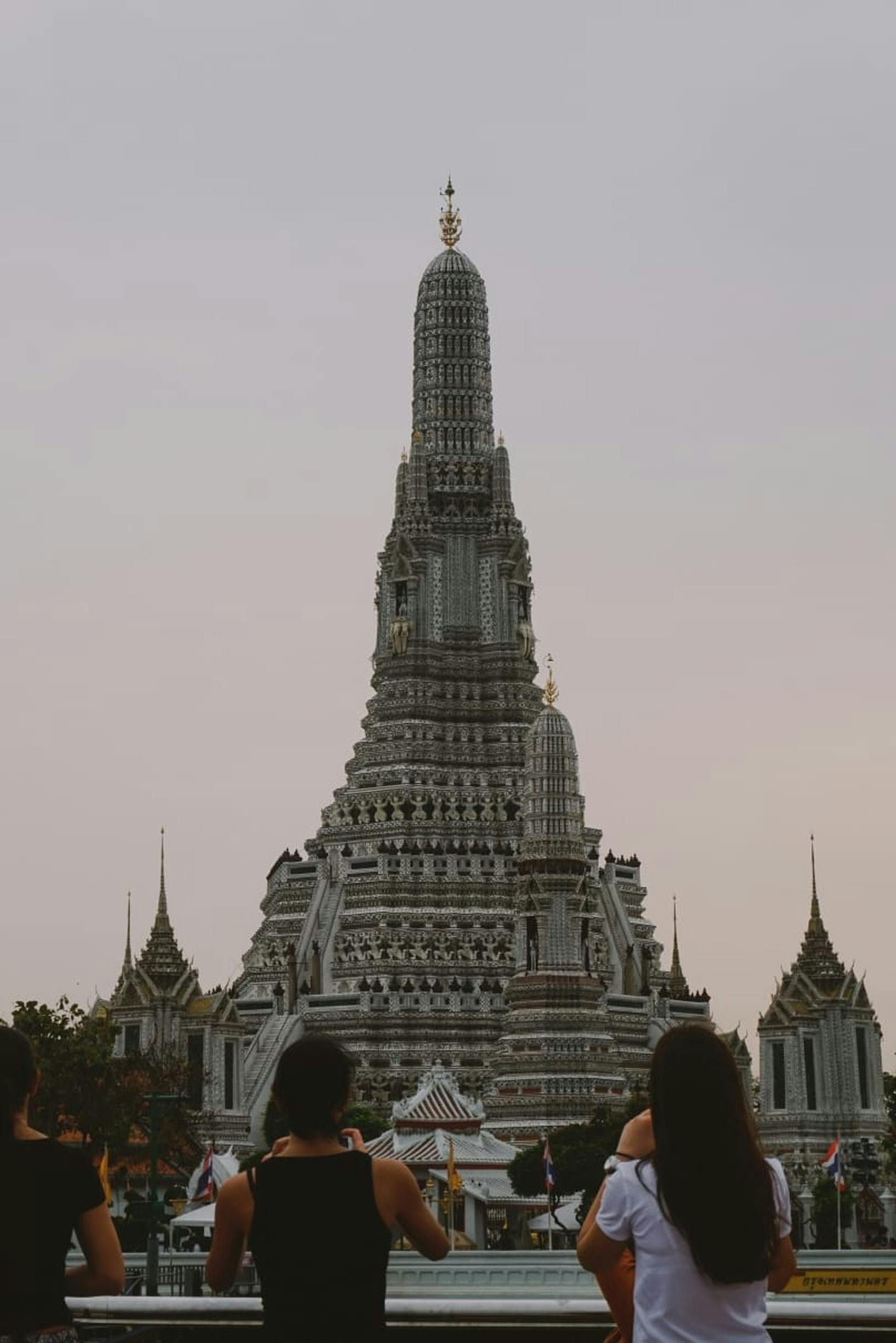
Make the most of your Wat Arun temple experience with these essential visitor tips:
Location: Wat Arun Ratchawararam, Bangkok Yai District, Bangkok
Nearest Airport: Suvarnabhumi International Airport (BKK)
Coordinates: 13°44′37″N, 100°29′20″E
Wat Arun sits majestically on the west bank of the Chao Phraya River in Thonburi. It's easily accessible by express boat and perfectly positioned for combining with Grand Palace, Wat Pho, and other riverside temple visits.
Plan for 1.5–2 hours for the temple visit. If you're combining with river cruises and other temples, set aside half a day to a full day.
Yes. Most tours run daily and include temple entry, boat transportation, and licensed Thai guides. Check availability and start times when booking.
Yes. The temple grounds are spacious with shorter walking routes and shaded areas. Note that climbing the central prang requires adult supervision due to steep stairs.
Early mornings (8-10 AM) offer cooler temperatures and fewer crowds. Late afternoons provide stunning sunset views across the Chao Phraya River.
Advance booking is recommended for tours, especially during peak season (Nov-Feb) and weekends, to secure preferred time slots and river cruise options.
Wear modest clothing covering shoulders and knees (required for Buddhist temples), comfortable shoes with good grip, and bring sun protection.
Essentials include water, sun protection, camera, and modest clothing if needed. Light rain gear is useful during monsoon season (July-October).